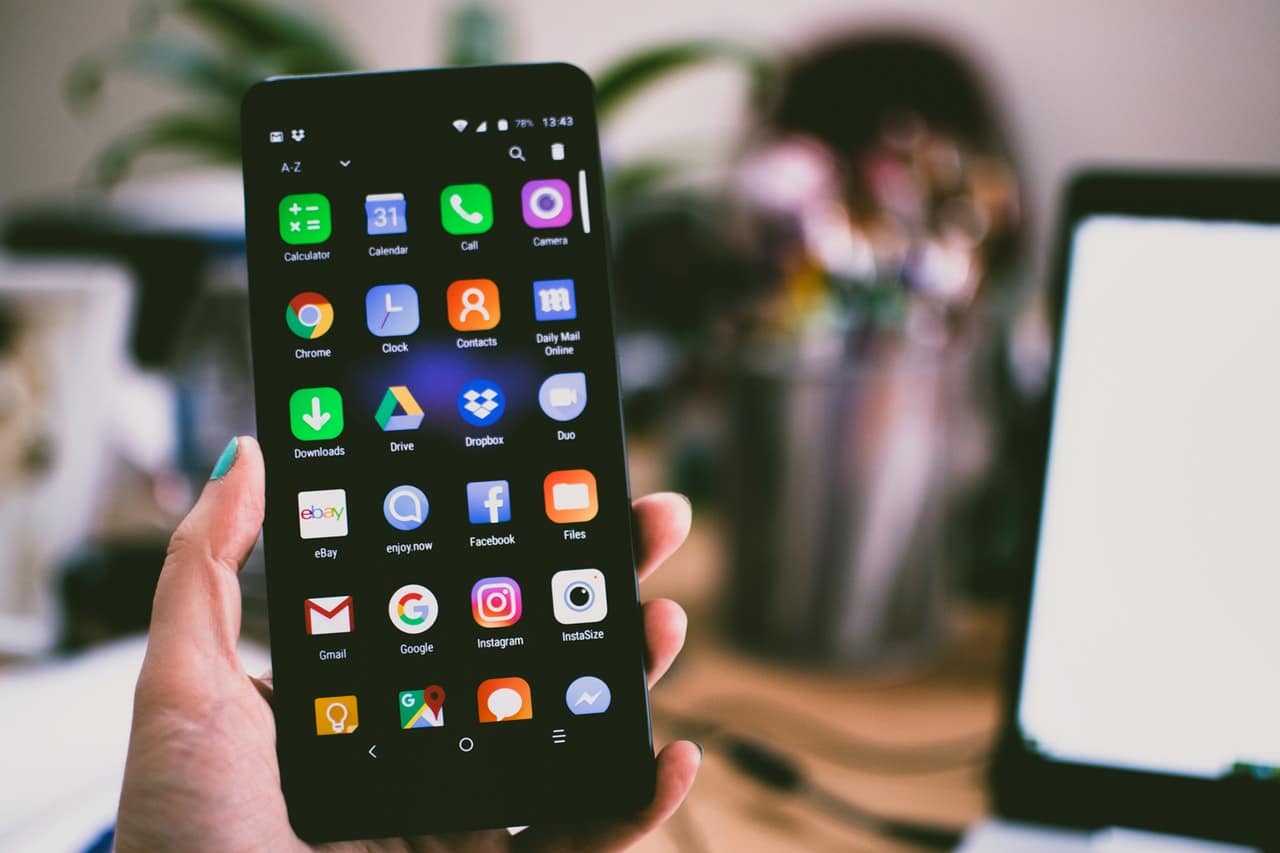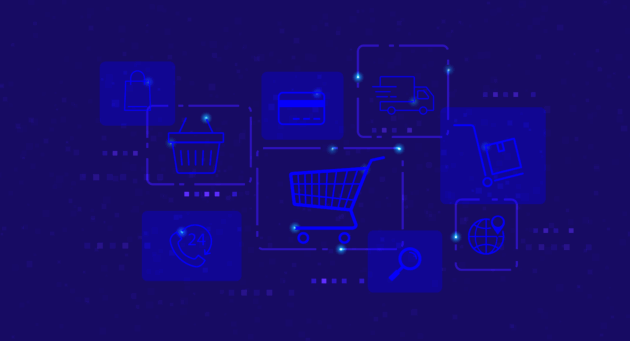You built a killer app, learned the ropes of Apple Store Optimization (ASO), and launched an app install campaign. If you did all these well and you’re generating a steady stream of installs (which is no easy task). Congratulations!
There’s no resting on your laurels in the app world, though. To make your investment worthwhile, you need your app to start generating sales. According to recent app usage statistics, the window to do that is very small. Studies show that only 11% of app users remain active 7 days after install, which means 89% of users stop using the app after a week. A Localytics study showed that about 1 in 4 will abandon an app after trying it out just once.
One of the most effective ways to drive in-app sales is through an app conversion campaign. In fact, Criteo data shows a 30% year-over-year increase in the share of in-app transactions for retailers who promote their app. But there are some tricks to getting it right. Here are the top issues that might be hurting you.
1. You have a one-sided view of your shoppers.
If you’re just tracking user activity within your app, you’re only seeing a small part of each shopper’s story. What are they browsing in other apps? What purchases have they made online? What’s their desktop journey?
All of these data points provide a much richer understanding of individual product interests and purchase intent. This kind of data can help you nail the ad message, format, and timing so that it’s most likely to result in a purchase.
2. You’re not providing enough product options.
A lot of app retargeting solutions will only show previously browsed products in ads.
That’s a good start, but what if the shopper didn’t buy that item for a reason? Choose a solution that will include recommendations from across your catalog, in addition to previously browsed products, to give people more options to come back and make a purchase. This strategy can bring big results – with our app conversion solution, more than 28% of sales transactions occur as a result of new product discovery.
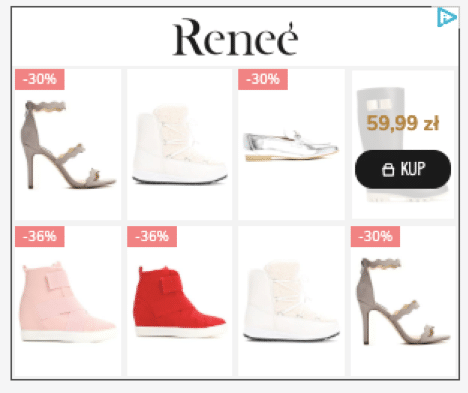
3. Static ads are negatively impacting engagement.
Static ads are limited to a certain number of sizes and configurations. But each individual has different visual preferences – one might prefer a larger image, another might prefer a certain color – and satisfying these preferences can be the tipping point that leads to a sale.
Upgrade to dynamic creative, which personalizes the visual elements of the ad for each shopper in real-time and scales across all sizes.
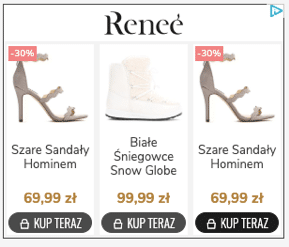
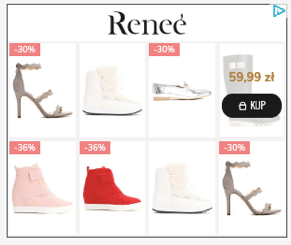
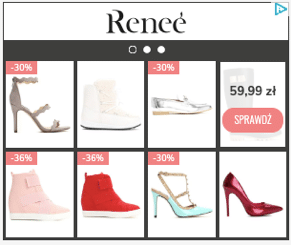
Building a Better App Conversion Campaign
Let’s turn the problems above into solutions. To make your app a bona fide revenue generator, look for ad partners that can give you:
- A 360-view of shoppers. Make sure you can track app activity and actions beyond app to get a bigger picture of each consumer.
- AI-powered product recommendations. Deliver ads that show previously browsed products, plus other items from your catalog that shoppers are likely to be interested in.
- Dynamic creative. Tailor ads to individual preferences, while staying on-brand, with dynamic creative optimization.






